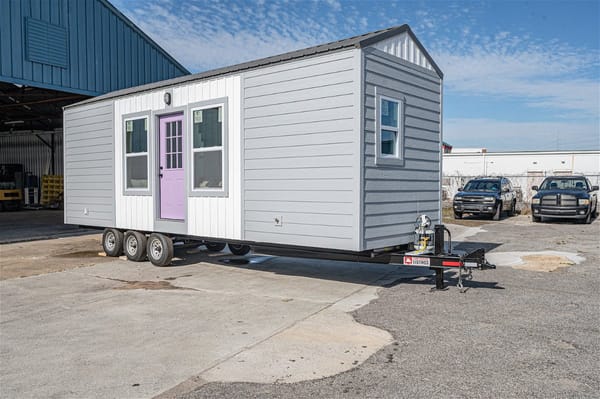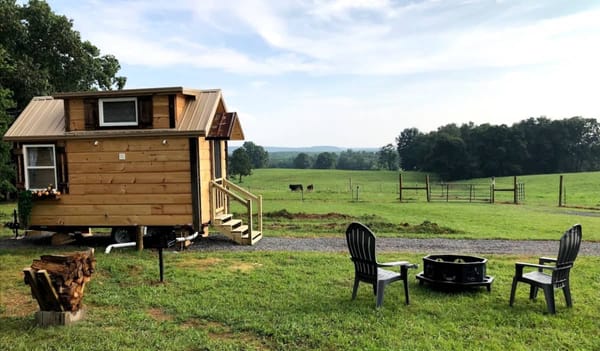Tiny Houses are now a permanent housing category - here's why
The tiny house boom may seem like a fad, but this housing trend is here to stay. Thanks to social media, popular shows on HGTV, and the need for affordable housing, there’s no denying tiny home popularity has increased.
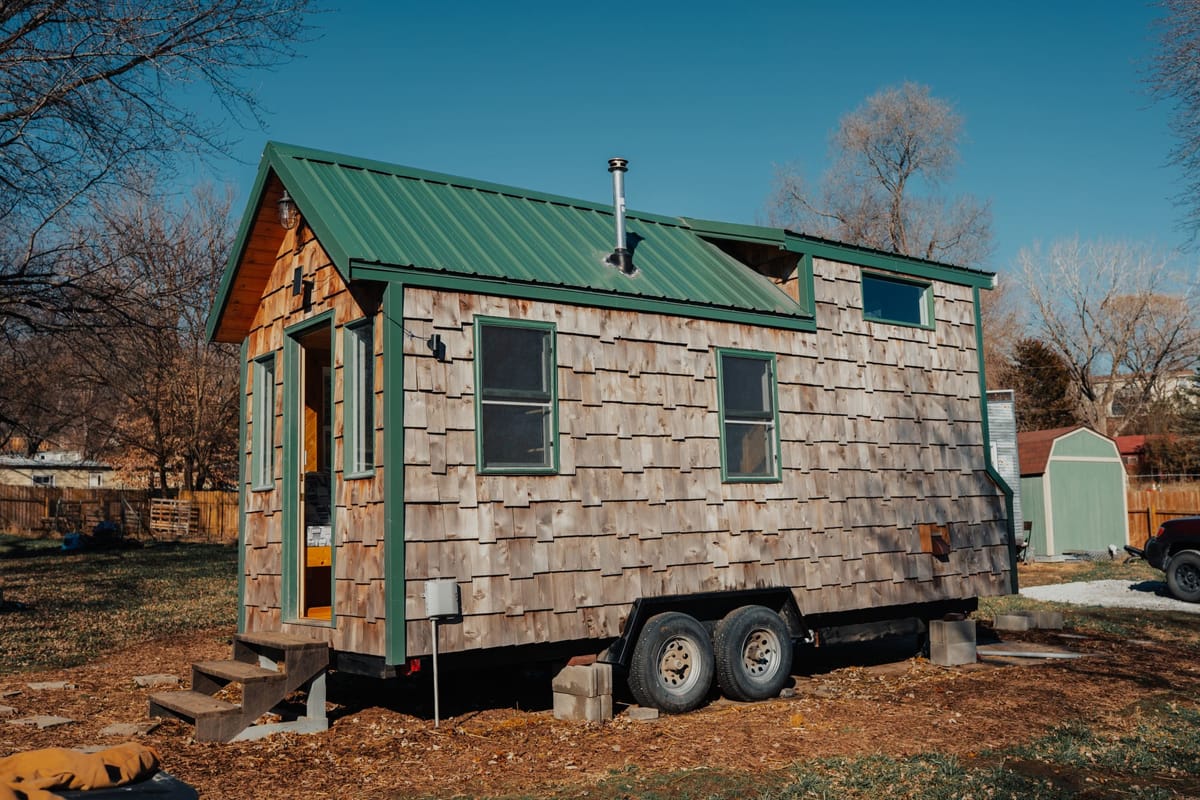
The tiny house boom may seem like a fad, but this housing trend is here to stay. Thanks to social media, popular shows on HGTV, and the need for affordable housing, there’s no denying tiny home popularity has increased. Tiny House sales jumped 67% in a year, and as effects of COVID-19 continue to pan out, it is predicted tiny house sales will continue to increase.
The tiny living movement took off in the late 70s as a counterculture to the rise of the “big house, lots of stuff” mentality. The tiny house movement promotes social conscious, environmentalism, decluttered and simple living. Fast forward to the 2008 market crash, many struggled to pay their mortgages for large homes and downsizing to an affordable home became the trend.
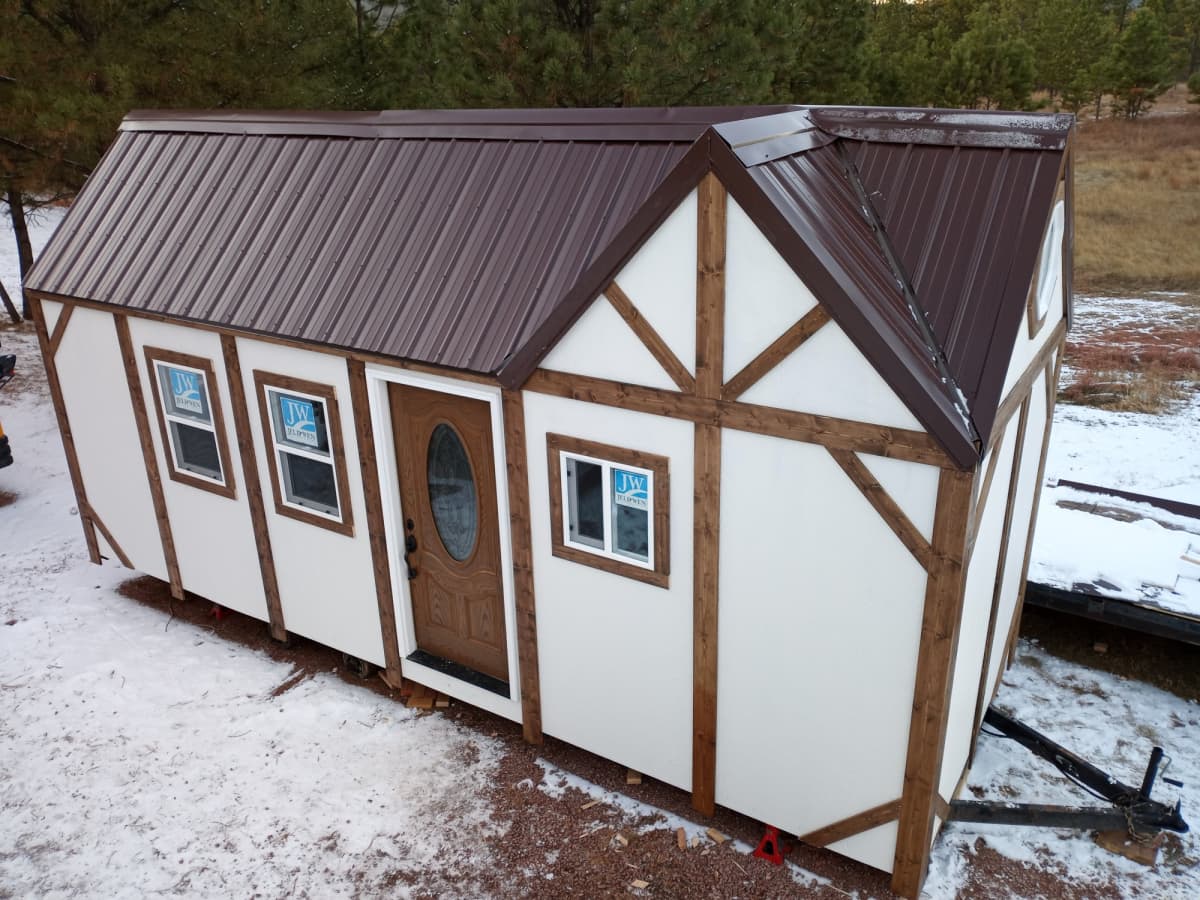
The need for affordable housing
The median home price in the US is currently $320,000. When you look by state or city though, this number varies immensely. For example, Denver hit a new record high in Sept. 2020 with the median home cost at $606,000. People used to say you needed a 20% downpayment to purchase a home, which would be over $121,000. With the median household income in the US at $68,703, the dream of buying your own home can seem nearly impossible. This need for affordable housing is a major contributor to the tiny house boom.
Tiny homes average $30,000-$60,000, which is not even the down payment required for a home in today’s market. Instead of taking hard earned cash and using it as a downpayment, someone investing in a tiny home can completely pay off their home and be mortgage free.
Research shows that 60% of tiny house owners have zero credit card debt, and are said to have more savings than the average American. With less housing costs and often off-grid resources, budgeting can look quite different for a tiny house owner. The basic human need for shelter is now taken care of for life, giving more money for travels, hobbies, and savings.
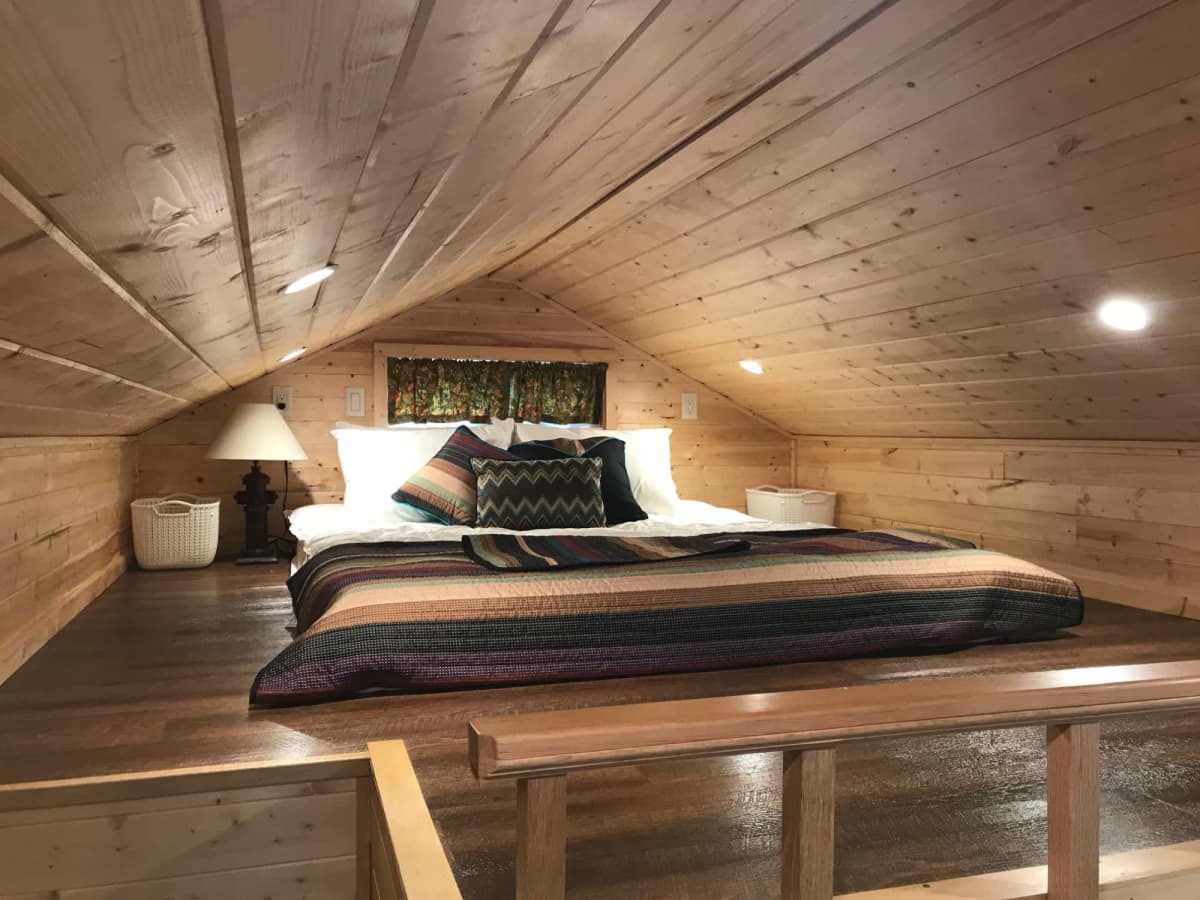
Currently, over half of Americans would consider living a home less than 600 sq. ft., and 63% of millennials have interest in tiny house living, according to the National Association of Home Builders. More people are joining the tiny house movement, often reducing their carbon footprint, and gaining the freedom to relocate their home.
It is expected that this trend will increase, especially as city-dwellers continue to relocate out of major metro areas due to COVID-19. People are opting out of having roommates, and want more space in between neighbors. As the market changes and effects of the global pandemic loom on, more and more people are hopping on the tiny house train.
There are YouTubers making money recording their builds because so many people are fascinated and enjoy watching it. Building your own home from the ground up (or in many tiny home cases, the axels up) is an exhilarating experience that the average person probably considered impossible. With self build kits and all the vast info on the internet, this dream is pioneering.
As the tiny house movement continues to grow, we expect new innovations to make this housing trend even more appealing. The resale value of a tiny home stays strong, so if you are considering taking the leap into tiny living, now is the time!

